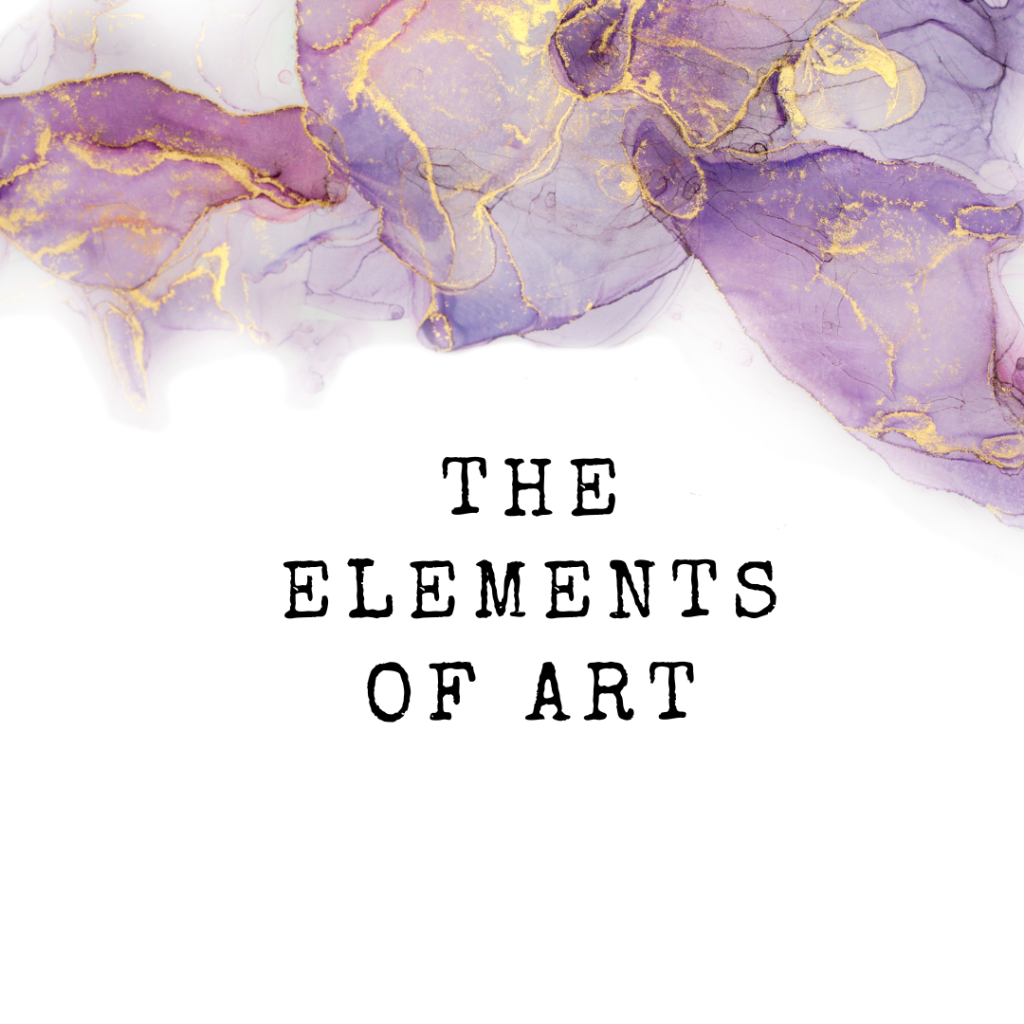
The Elements of Art: A Complete Guide
Have you ever wondered how the elements of art can be put together to create a beautiful piece of art? In this article, we’re going to take a look at the different elements of art and talk about why they are important in creating a piece of art.
Line
In art, the term “line” can refer to many different things. It can be used to describe the path that a moving point makes as it travels across a surface. Lines can also be used to create shapes and figures or to emphasize certain areas of a composition.
Lines can be straight or curved, thick or thin, short or long. They can be used alone or in combination with other elements, such as color or texture, to create a variety of effects. When used effectively, lines can add depth and interest to a painting or drawing.
Color
In art, color can be used to create different moods and atmospheres. It can also be used to convey certain messages or ideas.
Color can be divided into two main categories: warm colors and cool colors. Warm colors include red, orange, and yellow. These colors are often associated with energy, excitement, and happiness. Cool colors include blue, green, and purple. These colors are often associated with calmness, relaxation, and sadness.
Certain color combinations can create specific effects. For example, the combination of red and yellow is often used to create a feeling of happiness or excitement. The combination of blue and green is often used to create a feeling of calmness or relaxation.
In general, light colors tend to be more cheerful while dark colors tend to be more serious. Bright colors tend to be more exciting while muted colors tend to be more calming.
When choosing colors for your artwork, it is important to consider the mood you are trying to create. Do you want your artwork to be cheerful or calming? Exciting or relaxing?
Consider the message you are trying to convey with your artwork as well. Colors can be a powerful tool for conveying certain messages or ideas. Choose your colors wisely!
Space
In art, “space” refers to the areas of a piece that are left empty. It is often used to create a sense of depth or to separate different elements. Negative space, which is the area around an object, can also be used to create interesting compositions.
When creating a painting, sculpture, or other work of art, artists must carefully consider the space they are working with. The way they arrange the elements within that space will have a big impact on the final piece. For example, if an artist wants to create a sense of depth in their painting, they may use techniques like perspective or layering to achieve this effect.
It’s important to remember that space doesn’t always have to be empty. Sometimes it can be used to add another layer of interest to a piece. For instance, if an artist includes a lot of small details in their painting, the viewer’s eye will have to move around the composition more, creating a sense of movement.
By considering the different ways space can be used in their work, artists can create truly unique and memorable pieces of art.
Value
Value is the lightness or darkness of a color. It’s how we see different shades, tints, and tones. Value is determined by the amount of light that reflects off an object.
The more light that reflects off an object, the lighter its value. The less light that reflects off an object, the darker its value.
Texture
Texture is the way something feels when you touch it. It can also be the way something looks like it would feel if you touched it. For example, a piece of sandpaper has a rough texture, while a cotton ball has a soft texture.
There are two types of texture: actual and implied. Actual texture is the physical surface of an object. Implied texture is the appearance of texture that isn’t there.
You can use actual texture in your art by using different materials or adding embellishments like beads or sequins. You can create implied texture by using different brushstrokes or by adding shadows and highlights.
Form
In art, the term “form” refers to the overall shape and structure of a work. This can include elements such as line, color, value, texture, and space. The way these elements are used can affect the overall form of a piece.
These are just a few of the ways that form can be created and manipulated in artworks. By understanding and experimenting with these elements, you can begin to create your unique forms.


